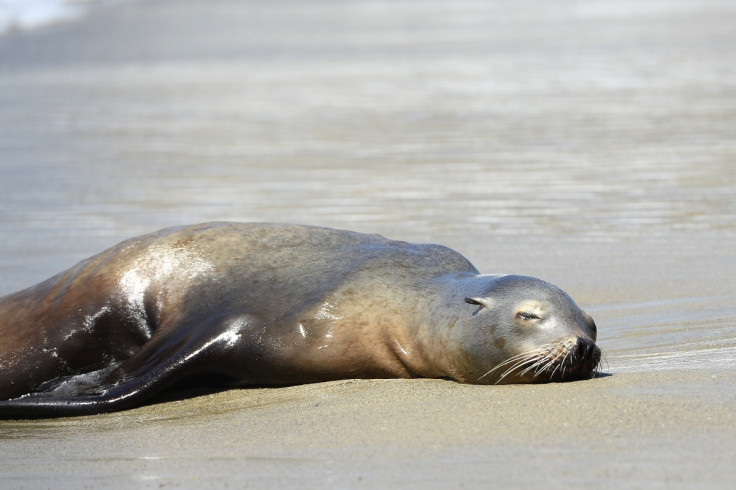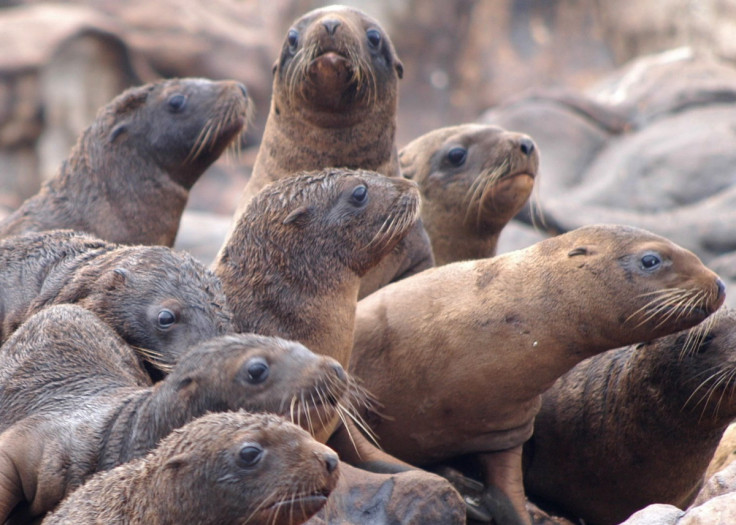California: Thousands of sea lions starving to death as population boom drives food shortage

Booming sea lion populations have depleted their traditional food stocks and are now turning to unhealthy squid and rockfish as their main source of meals. Researchers discovered that this has triggered huge drops in their weight, leading to thousands of sea lion pups starving.
In California alone, sea lion populations have increased from 50,000 to 340,000 since 1975. Research published in Royal Society Open Science suggests this population boom has resulted in a massive depletion of sardines and anchovies – the primary food source of sea lions.
The sea lions have therefore had to find an alternative food source, and have begun targeing squid, rockfish or hake. All of these are significantly lower in calories and fat compared to the sea lions' usual staple diet, causing them to experience a huge decline in their weights.
Studying sea lions

The researchers used data from the Southwest Fisheries Science Centre's Rockfish Recruitment and Ecosystem Assessment Survey to analyse the number of anchovies, sardines, squid, rockfish and hake. They looked at an area roughly stretching from San Francisco to Los Angeles during their study.
They found around a 95% decrease in sardine population and an 84% decrease in anchovies. The researchers say this is instigated by the warming of the Pacific Ocean – or El Niño – and the flourishing of sea lion numbers.
They compared this data to previous literature discussing the weights of sea lions in the same area.
It was discovered that the average sea lion weight dropped between 2004 and 2012, from around 22kg to less than 15kg.
"Rockfish and market squid are both nutritious, but they have lower caloric and fat content than sardine and anchovies," lead author of the report, Sam McClatchie, told IBTimes UK. "Energy density is increased when the calorie and fat (or lipid or oil) content of fish is higher."
"Still-nursing pups are thinner than normal"
"Sea lions are opportunistic feeders that switch and increase the diversity of their diet under conditions of scarcity," wrote the authors from NOAA Fisheries Service. "During El Niño conditions, their diet changes to less nutritious and less preferred species, including juvenile rockfish and hake, instead of sardine and anchovy.
The researchers believe the change of diet is behind the weight loss, making thousands of young seal pups to go hungry.
"The starvation we are observing is partly a result of the sea lion population having recovered their numbers to the point where the population is encountering the limits of the ecosystem to sustain them," said McClatchie.
"Unfortunately rapid sea lion population growth has continued into a period where their forage has declined in abundance and quality, and this is now causing a natural adjustment to occur."
The scientists concede that it is unknown how long this starvation could last.
The authors say: "Sea lions experience repeated years when the still-nursing pups are thinner than normal and show greater mortality than is usual."
More sea lion strandings than ever before
2015 saw record numbers of sea lions becoming stranded along the Californian coast; all starving. The Marine Mammal Center in Sausalito, California, said that nearly 1,800 sea lions were rescued in 2015 – more than any year in their 40-year history.
There have been significantly fewer strandings so far this year, but experts warn this is because the sea lions are already dead, so there are less left to get stranded in the first place.
"There are a lot more dead. We haven't ever seen anything like this," said Sharon Melin, wildlife biologist from the National Oceanic and Atmospheric Association .
© Copyright IBTimes 2025. All rights reserved.






















